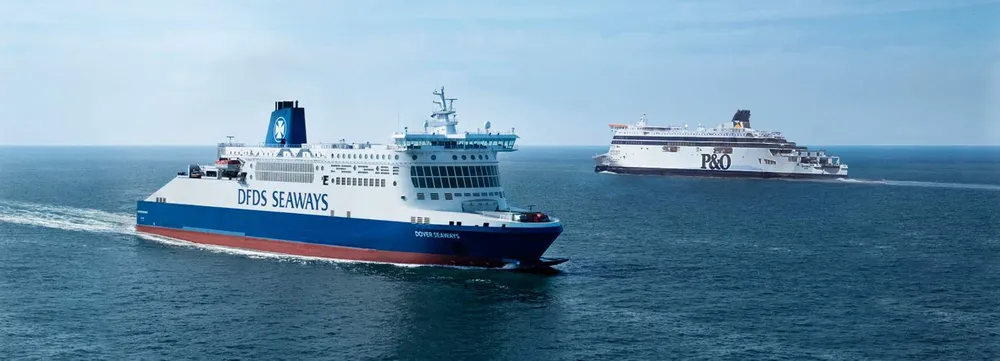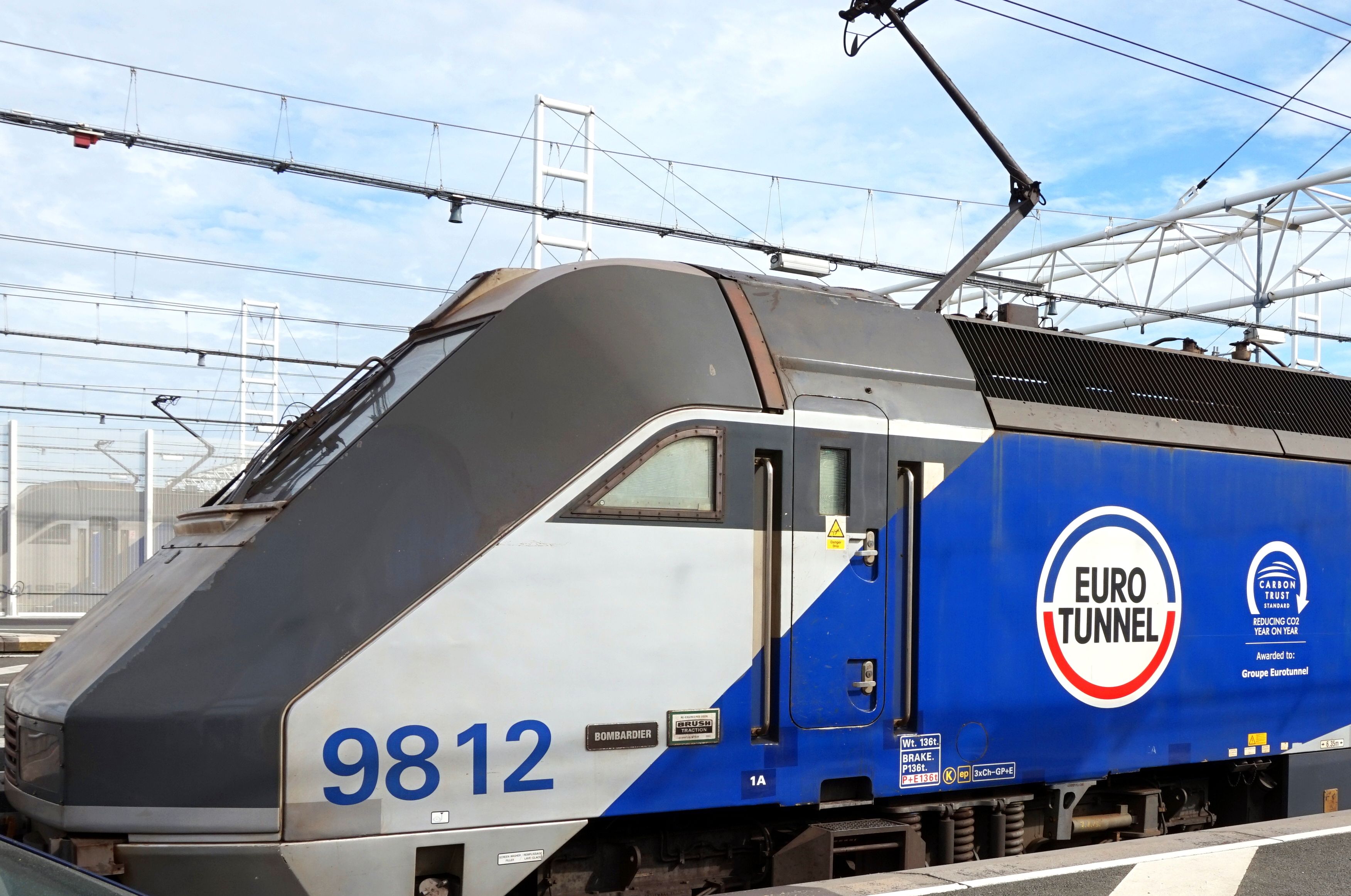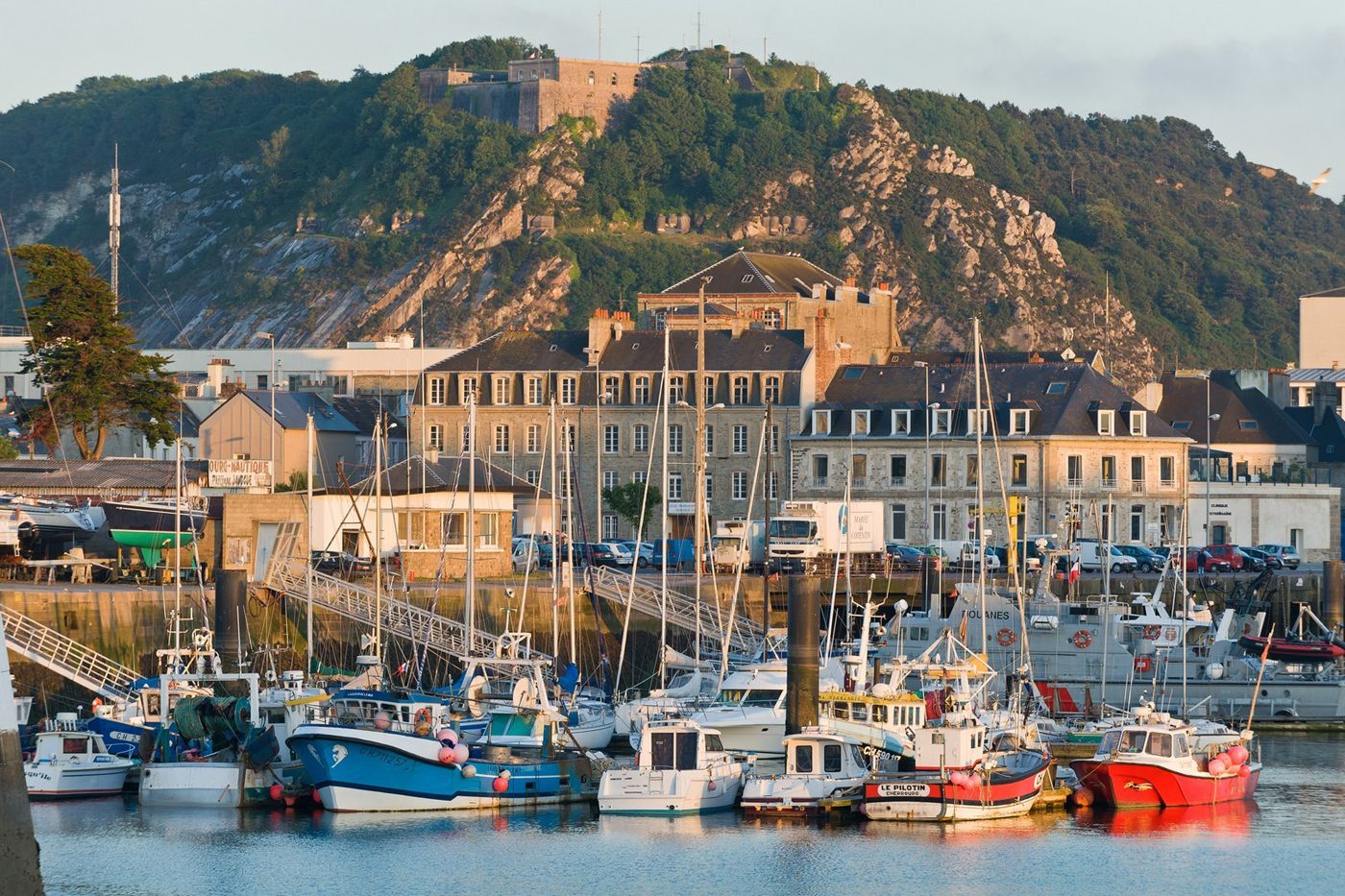Ferry vs Eurotunnel
Travel Guides
Travel Guides


Planning a trip to France but not sure whether to take the ferry or the Eurotunnel? You are not alone. Both options offer a fantastic way to cross the Channel, each with its own advantages depending on your budget, travel style and itinerary.
If speed is your top priority, one might stand out. If you prefer a more leisurely journey with time to relax, the other could be perfect for you. The choice also depends on who you are travelling with, whether that’s family, friends, or even pets.
To help make your decision, we have put together a clear comparison of the Eurotunnel and the ferry, weighing up their pros and cons so you can choose the option that best fits your plans and makes your trip to France as smooth and enjoyable as possible.

When it comes to travelling across the Channel, there are two main options to choose from: the Eurotunnel or the ferry.
The Eurotunnel Le Shuttle, now simply known as LeShuttle, is an undersea rail tunnel that links the UK with France. Departing from Folkestone and arriving in Calais in just over 30 minutes, it offers a fast and convenient way to travel between the two countries.
Alternatively, you can opt for a ferry crossing to France. Ferries sail from a variety of UK ports including Dover, Plymouth and Portsmouth, arriving at popular French destinations such as Calais, Caen and Dunkirk. It’s a relaxed way to travel, with the added bonus of enjoying sea views along the way.
Let’s start by looking at the routes to France. If you’re travelling with the Eurotunnel, there’s just one direct route. Ferries, on the other hand, offer a wider selection of Channel crossings, giving you more flexibility when it comes to your destination.
Operator: LeShuttle
Operators: P&O, Brittany Ferries, DFDS

If you are travelling on a budget, it is worth comparing both options to see which is kinder to your wallet. So, is the ferry cheaper than the Eurotunnel? The short answer is: it depends.
Prices for both the Eurotunnel and ferry vary depending on several factors, including the season, time of travel, whether you are taking a vehicle or travelling on foot, and any extras you might add to your booking. Upgrades such as lounge access, private cabins, or priority boarding can also increase the cost.
That said, ferries are generally more affordable than the Eurotunnel. The tunnel offers a faster journey, and that speed often comes with a higher ticket price. So, if keeping costs down is your priority, the ferry is usually your best bet.
Whichever option you choose, booking in advance is the best way to secure lower fares. It is also worth checking our special offers page for discounts on your chosen Channel route.
If speed is what matters most, the Eurotunnel is hard to beat. Travelling from Folkestone to Calais takes as little as 35 minutes, making it the fastest way to get from the UK to France and vice versa.
Ferry journey times vary depending on the route. The quickest is the Dover to Calais crossing, which takes around 90 minutes. Longer sailings, such as the Portsmouth to St Malo route, can take just under 11 hours, offering an entirely different kind of travel experience.
While the Eurotunnel wins for speed, ferries offer the chance to slow down and enjoy the journey. You can stretch your legs on the open deck, relax in a comfortable seat with a book, or make the most of onboard amenities such as cafés, restaurants, and shops.

Planning a family holiday to France? Both the Eurotunnel and the ferry can be great choices when travelling with children. If your main concern is avoiding the classic “are we there yet?”, the Eurotunnel might be the winner. With a crossing time of just over 30 minutes, you’ll be in France before they have time to get restless.
On the other hand, if keeping the kids entertained is more important, the ferry has the edge. Onboard, they can move around, take in the sea views, and enjoy the variety of activities, shops, and dining options available. Travelling by ferry can make the journey feel like the start of the holiday, not just a way to get there.
It’s good news for animal lovers as pets are welcome on both the Eurotunnel and the ferry. On the Eurotunnel, pets stay with you in your vehicle for the duration of the journey. This means no separation and minimal stress for both you and your furry friend.
There are also exercise areas with artificial grass at the terminal, so your dog can stretch their legs before boarding.
Ferry travel with pets is also straightforward, though rules vary depending on the operator. On some routes, such as with DFDS, pets must remain in your vehicle, but you can visit them during the crossing. P&O offers dedicated pet lounges on their Dover to Calais sailings, so you can keep them by your side throughout the trip.
Whichever option you choose, travelling to France with your pet is simple and convenient, so you can both enjoy the journey.

In the end, the choice between travelling to France by ferry or Eurotunnel depends on your preferences. If you need speed, the Eurotunnel is the fastest way to get from the UK to France.
But the ferry has plenty of advantages. With multiple UK to France ferry routes, it offers more destination flexibility. You can travel with or without a vehicle, enjoy lower fares, and make the most of a more relaxing experience with onboard facilities.
Whichever you choose, you can book your trip to France easily with Direct Ferries and start your journey with confidence.